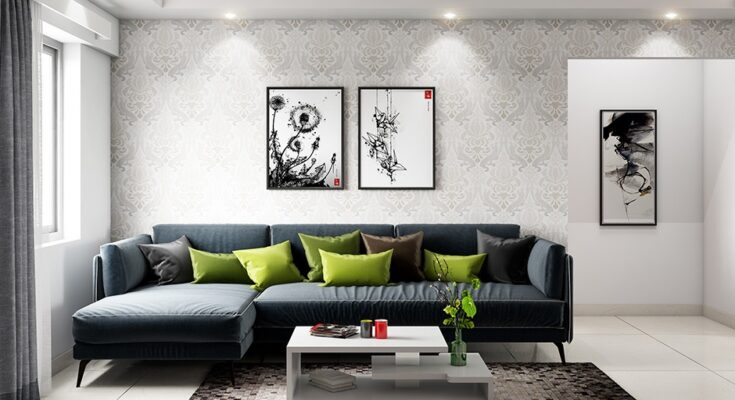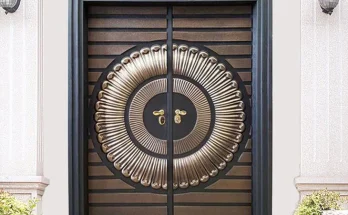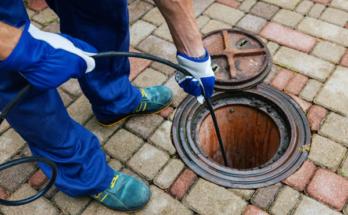Iron bedbugs, pins, nails, staples, and other stamped and hand-cut iron hardware stores such as clips, hooks, pliers, pictures, and zippers are used to fix Packing layers and support systems.
Thickets of the 18th century have iron stems and hammered heads formulated by hand sometimes called “pink heads”. However, this term is also used to describe certain types of machines and must therefore be avoided as confusing. At the end of the 18th century, the process had developed more – the Shanks were cut by machine, but the heads were always hammered by hand. It was not until the beginning of the 19th century that the heads were built into machines. Today, furnishings were generally made of cut steel and two types, fine and improved, the latter being slightly heavier with a larger head. They have a small metal spur used for temporary bonding and can be used with a magnetic hammer. Professional upholsterers have fluently kept sterilized bedbugs in the mouth, from where they could be quickly and easily spit on the magnetic head, temporarily placed, and then sunk with their hammerheads, thus keeping a free hand to hold equipment. Bags of influence have made the stems increase the anchor in the wood. They were known at the end of the 18th century in the form of copper pin nails. Today, they are generally made of fine steel. Small metal nails were used for the same purpose.
Since mechanization in the last years of the 18th century, bedbugs have become abundant and relatively cheap. More are therefore used in the so-called traditional padding as currently practiced than in pre-industrial age furniture, which can damage more damage to the frame. It is a common-fashioned idea that traditional padding for furniture upholstery (using industrial aging built-in techniques) is more authentic and less harmful to the framework than modern application techniques. The staples properly issued from electric or tire cannons probably cause less stress to the frame than handed bundles, although the clip is used by most commercial furniture manufacturers for economic reasons. In addition, modern techniques generally involve the application of a complete preformed unit which requires only the application of a single row of metal fixings to secure it to the frame. This contrasts with the techniques built by hand where each separate layer of the multilayer structure is attached to the frame with a separate row of metal fixations. Metal fasteners are available in a variety of sizes, gauges, and metals.
The standard wire sizes from which the commercially available fasteners are derived from certainly recognized gauges (for example, the Birmingham Fil gauge), but this differs internationally (for example Metric, Imperial, USA). Some are plated either for decorative purposes or to increase their corrosion resistance. In general, the greatest bugs and staples are used to contain the strap, and the smallest and the most beautiful to contain the upper cover. Metals include iron, steel, and copper alloys. An in-depth examination of bedbugs and nails may indicate the type of manufacturing process. The characteristics to be sought include the tapered and unpaid rods, the sizes and the uniform shapes, the burrows and the surface streaks, the flies of flies, and the type of metal. These features may indicate manufacturing techniques of the furniture upholstery and may suggest a date. For example, uniform sizes with flashes can suggest pouring while identical characteristics may indicate the manufacture of the machine.




